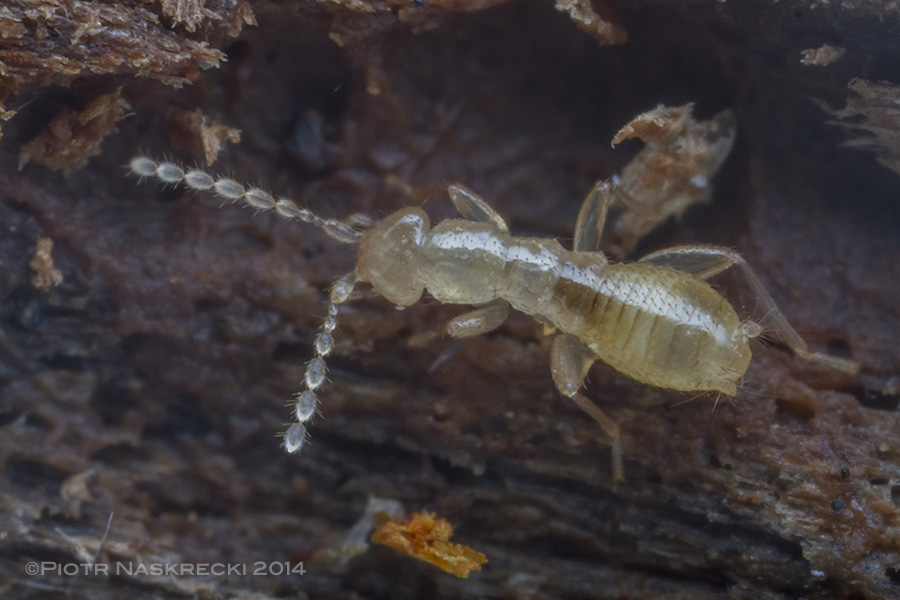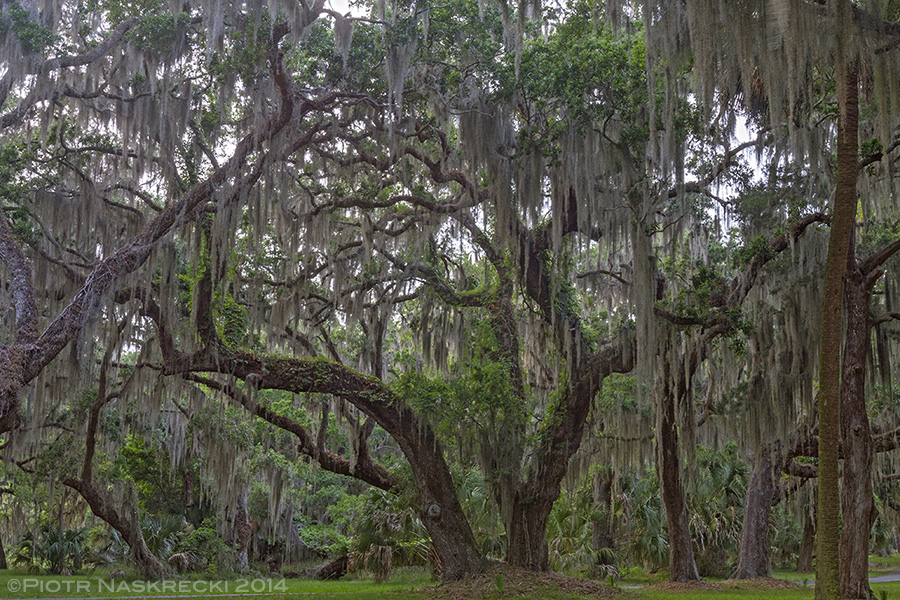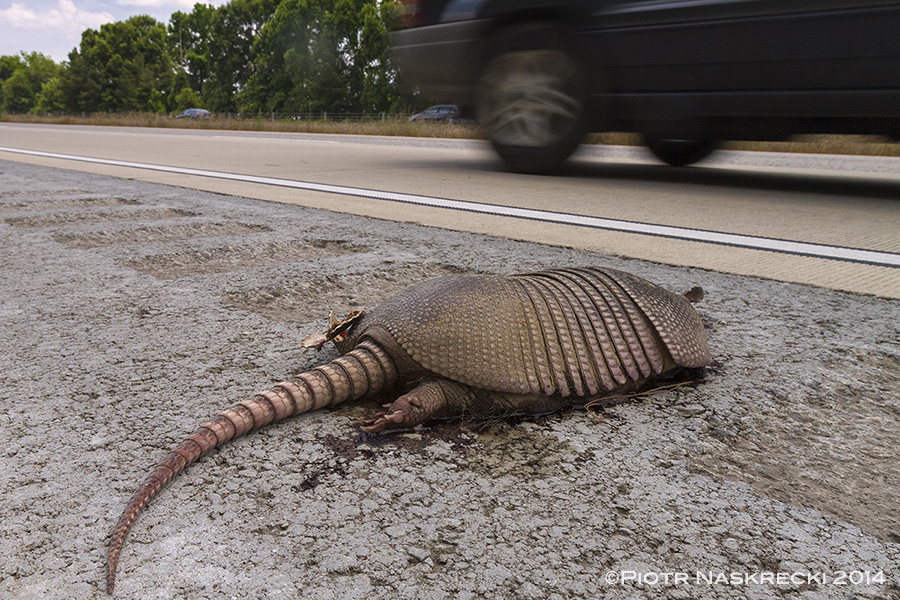
When I set off for a long weekend on Sapelo Island in Georgia to teach insect photography at the BugShot workshop, it never occurred to me that the trip would culminate in completing a life-long quest. I am not one to keep bucket lists of things to see or do but, as an entomologist, I always hoped to personally collect all extant orders of insects. The most conservative classifications list about 28 orders of these animals, while others divide the class into more ordinal taxa (for example, Vitaly M. Dirsh divided the Orthoptera into 14 separate orders; thankfully nobody paid any attention to such craziness.) Regardless of the semantics, over the years I have collected all major lineages of insects, including such rarities as the Mantophasmatodea (in fact, I collected the second live specimen ever found; the first one was collected by Namibian entomologist John Irish about 10 minutes earlier), Grylloblattodea, or Strepsiptera. But one group has consistently eluded my grabby hands – the Zoraptera.

Described in 1913 by Italian entomologist Filippo Silvestri, Zoraptera are the least diverse order of insects – only 39 species are known, all in the genus Zorotypus (Mantophasmatodea have fewer species, but are divided into multiple genera and families.) As far as rare insects go, Zoraptera may appear somewhat underwhelming in their size and morphology – most species are only about 3 mm long, usually pale yellow or brown, blind and wingless. Their preferred habitat is also not very sexy as Zoraptera are found mostly in rotten logs across tropical and subtropical parts of the world, feeding on fungal hyphae or springtails. They are rather picky in their selection of habitat, and will only survive in logs that have reached the “Zorapteran stage” of decomposition – nothing more, nothing less (the five-stage classification of log decay was introduced in 1959 by E.O. Wilson, who to this day considers himself a zorapteran aficionado). Looking for Zoraptera is akin to looking for a grain of salt in a sugar bowl – in a log teaming with ants, termites and springtails you need to be able to spot a nearly microscopic, whitish insect that runs frantically in all directions, whose body proportions are only slightly different from those of a newly hatched termite nymph. It took me several hours of ripping through decaying logs and enduring countless stings of trap-jawed ants (Odontomachus) before I noticed an eensy dot of an insect that looked a little different. Even as I was putting it in a vial I was not quite sure that it was really a zorapteran, but my suspicion was confirmed the moment I looked at it through the macro lens of my camera.

But of course one should not judge the Zoraptera by their unassuming demeanor, for their behavior and reproductive biology are some of the most interesting among all insects. First, despite their name (zor [Gr.]=pure, aptera=wingless), winged forms are found in all species, albeit they only appear when the time comes to leave the log when it shifts from the “Zorapteran” to “Passalid stage” of putrefaction. And, once a new, nicely rotten habitat is found, the wings fall off. This type of behavior is not unique to the Zoraptera (aphids display a similar wing polymorphism), but what happens next is.
Zoraptera are not truly social, but often live in groups of 30+ individuals of various ages. But, unlike termites and ants, all individuals in the colony can reproduce, at least in theory. The colony is strictly patriarchal – the dominant individual is always the oldest male who maintains a harem of females and fights off younger males. Only when the senility kicks in, younger males have a chance to take over the top spot. This type of a male-dominated society is unique among arthropods, where it is always the females who control both reproduction and individual status in the colony.
Even more interesting is the way males inseminate the females. All across the animal kingdom males tend to be rather generous with the dispensation of their reproductive cells (to put it mildly), while females are frugal with their eggs, and choosy when it comes to mating. But in Zoraptera things are different – to inseminate the female the male produces only one (one!) sperm cell. And not just any sperm – the zorapteran spermatozoa are about 3 mm long, which, if you recall, is the average body length of the entire animal. Not surprisingly, males of these insects are not particularly eager to mate and it is the female who does most of the courting. Why this happens is not entirely clear, but most likely the single, giant sperm cell fills the female spermatheca (a sperm storage space that allows the female to inseminate eggs long after the copulation) and precludes her from mating with other males.

As I drove back from Savannah to Atlanta, counting armadillo roadkill (27), I couldn’t help but wonder what the bar scene of our species would look like if men produced only one, 6 feet long reproductive cell during each mating. In the end, I am happy for the zorapteran males, but will keep my millions, thank you very much.


I think that your link in this post to the Mantophasmatodea page is compromised because it’s trying to use SSL. You need to replace ‘https’ with ‘http’ in the URL!
Ok
So what will be your new life goal? Do we get to help you pick it? :-)
Well some years ago the late Dr EC Zimmerman “Zimmie” offered $100 to the person who found the first zorapteran from Australia. He nearly lost his $100 when Ms Josephine Cardale announced she had found one. She, in fact, had found several-BUT she found them on Christmas Island, an Australian possession. Zimmie declined giving her the prize as he said he meant from Continental Australia. He congratualted her on the discovery, however. To date no zorapteran has been found in Australia.
Well some years ago the late Dr EC Zimmerman “Zimmie” offered $100 to the person who found the first zorapteran from Australia. He nearly lost his $100 when Ms Josephine Cardale announced she had found one. She, in fact, had found several-BUT she found them on Chistmas Island, an Australian possession. Zimmie declined giving her the prize as he said he meant from Continental Australia. He congratualted her on the discovery, however. To date no zorapteran has been found in Australia.
David, they have to be somewhere in the Daintree forest as they are apparently very common in PNG. Have you looked for them in your backyard? Wouldn’t be surprised if you found them.
I guess if anyone could find them it would be you. I’m betting your good luck was buried under a large pile of hard work and perseverance.
Loved this post about Zorapterans! Could you please send me the literature citation of E. O. Wilson (1959) on the 5 stages of log decay. As a biologist also I spent a lot of time collecting the duff layer fauna myself here in Arkansas! By the way, I just bought a copy of your wonderful, new book on Gorongosa! Fabulous job!
Henry, the paper where Wilson introduced his classification of log decay is this:
Wilson, E. O. (1959). Some ecological characteristics of ants in New Guinea rain forests. Ecology, 40, 437-447.
Thanks so much Piotr for this reference! I will get a copy on ILL today! I am half way through my copy of “A Window on Eternity” and love the text and your fantastic photographs! Great job, as always!
Nice piece, Piotr. Did you look for ectoparasites on the armadillo roadkill?
Sadly, no. I had to put all my attention into not getting killed by the zooming cars.
Great find! I never did encounter one in my time in Florida, but I wish I had done so.